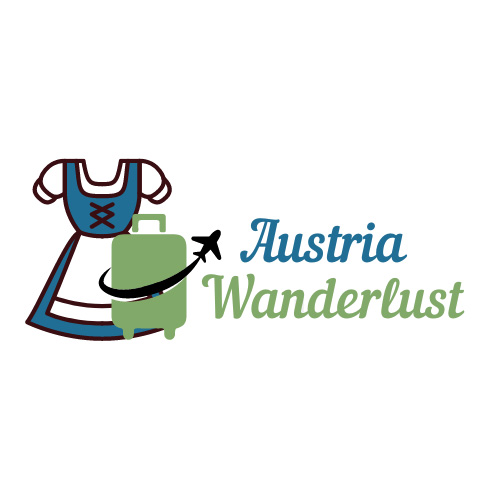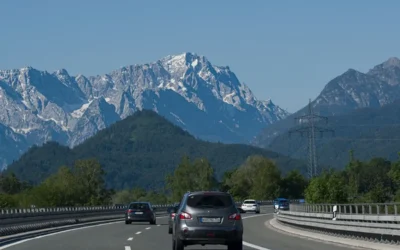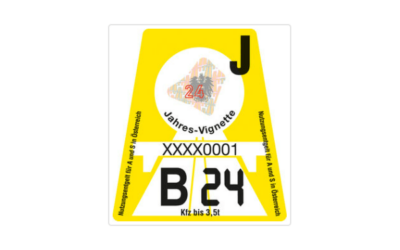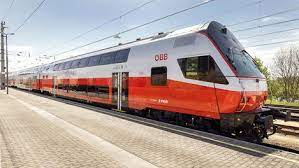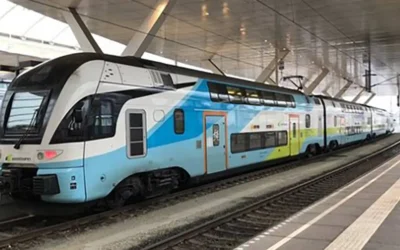Driving in Austria – Essential Tips for Travellers
As a local who has explored Austria by car, I can tell you that driving in Austria offers a memorable way to experience Austria’s diverse beauty.
Driving is a great way to see Austria’s towns, villages and countryside. Its compact size, excellent motorway, highway, and federal road network, and stunning landscapes make it a driver’s dream destination. The roads wind through breathtaking snow-capped alpine passes, picturesque lakes and quaint, historic towns.
Whether you’re planning a scenic road trip or just curious about the rules and road culture, this guide will walk you through everything you need to know about driving in Austria.


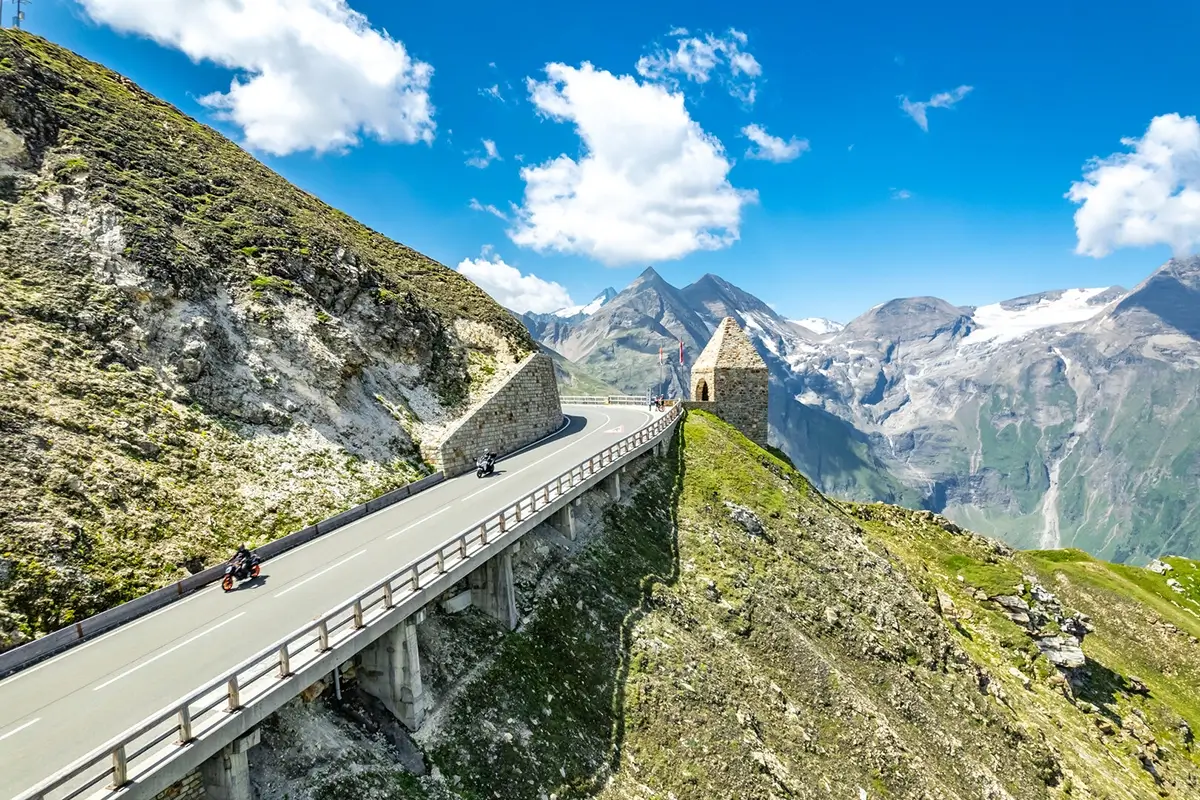
Road Trip Großglockner High Alpine Road
Tips for driving in Austria
This article may contain compensated links. See our full disclaimer here. If you purchase through any of these links, we may earn a small commission at no extra cost to you.
The commissions help us provide valuable travel tips and guides for free. Thank you!
Join the Austria Travel Planning Facebook Group
Follow us on:
3. Motorbike Regulations
Helmets and daytime headlights mandatory. Toll stickers required on highways.
4. Speed Limits
If not otherwise indicated, the following maximum speed limits apply in Austria for cars and motorbikes:
- Residential areas: 30 km/h (approx. 18 mph)
- Within town limits: 50 km/h (approx. 31 mph)
- On the open road: 100 km/h (approx. 62 mph)
- On expressways: 100 km/h (approx. 62 mph)
- On motorways: 130 km/h (approx. 80 mph)
TIP: There may not be a sign indicating the speed limit when you enter a town or village. BUT the speed limit is 50 km/hr as soon as you pass the town/village sign!
5. Vignette- The Toll Pass
All Austrian Highways (Autobahn) and expressways (“S” roads) require a toll pass, called a Vignette. You can buy a Vignette from petrol stations, post offices and newsagents (Tabak). If you’re driving into Austria from another country, the vignette is sold at petrol stations close to the border.
The sticker must be displayed inside your vehicle’s windshield as you enter Austria.
Failure to buy a vignette can result in an instant fine of €120- 240€. The police and toll officials regularly do spot checks at motorway exits and the toll roads have cameras.
6. What type of fuel is available?
All types of fuel are available in Austria and, although they may have different names. In Austria, unleaded regular-grade 91 octane petrol (gasoline) as well as Euro-Super (unleaded 95-octane) petrol are available at all petrol stations. The sale of leaded petrol is forbidden in Austria; for cars without a catalytic converter an additive is available at gas stations.
Diesel and LPG are also available.
7. E-Charging stations
Austria over 5,500 publicly accessible charging points in Austria and over 13,000 in total.
Many hotels, sightseeing locations and even some B&Bs have e-charging stations.
You can find e-charging stations on PLACETOPLUG map and ELECTROMAPS
8. Winter Driving
During the winter, the roads in alpine areas can become dangerous due to snow, ice, and avalanches. Some mountain roads may be closed for extended periods.
From 1 November to 15 April you may only drive in winter conditions, if you have winter tyres fitted.
Some roads may require snow chains.
If your car rental is from a country other than Austria make sure it is fitted with winter tyres.
Failure to comply results in a fine from 35€ to 5000€.
9. Driving into Cities and Villages and towns
Non-European drivers may be surprised that many of the roads in villages, towns, and cities are much narrower than they are accustomed to.
In the larger cities, you must watch out for one-way streets (EINBAHN), giving trams and buses the right of way, and pedestrian streets.
In some towns and villages (such as Hallstatt), non-locals are not allowed to drive into the village and must park at car parks outside the village.
10. What Rettungsgasse/ Emergency Corridor
Rettungsgasse (emergency corridor). This is a clear lane for emergency vehicles that must be formed immediately in case of traffic jams, which is compulsory on motorways and dual carriageways.
On carriageways with two lanes, a lane for emergency vehicles must be cleared between the two existing lanes
On carriageways with more than two lanes it must be cleared between the far-left lane and the lane next to it. This means that all drivers of vehicles in the far-left lane are required to steer their vehicle as far to the left as possible. All other drivers must drive as far to the right as is necessary for clearing a lane for emergency vehicles.
11. What should I do in case of a breakdown or accident?
Traffic accidents involving injuries must immediately be reported to the police; accidents involving material damage must only be reported when mutual identity has not been established.
There are two major breakdown assistance services in Austria: ÖAMTC and ARBÖ. Both operate a 24-hour emergency breakdown service, which may be utilized by anyone. Non-members must pay a fee.
12. Renting a Car in Austria
Austria and Europe have many car rental companies, such as Hertz, Sixt, Europcar, and others. We recommend comparing offers to find the best deals. We have found that AutoEurope has the best offers, including one-way rentals and longer-term rentals.
You can read our full guide Renting a Car in Austria – Essential Info for Travellers
Related Articles
Related
Renting a Car in Austria
Top tips and hints for renting a car in Austria. Take the stress out of planning your Austria Road Trip with our helpful guide to renting a car in Austria.
Guide to Austrian Vignette and Road Tolls
All Austrian Highways (Autobahn) and expressways (“S” roads) require you to pay a toll. Instead of toll booths, you are required to buy a Austria Vignette.
Top Tips on How to Travel by Train in Austria
Here is the top 12 tips for Train travel in Austria. How to find your platform and carriage, luggage and how to make connections.
Travellers Guide to Austrian Westbahn Trains
Westbahn is the private train company that connecting Vienna, Linz, Salzburg, Innsbruck, Bregenz, Rosenheim and Munich
Austrian ÖBB Train Guide
Ultimate guide to travelling on the ÖBB train in Austria. How to book tickets, ticket discounts and more.
Flying to Austria
Austria has three major airports which makes flying to Austria easy from anywhere in the world.
